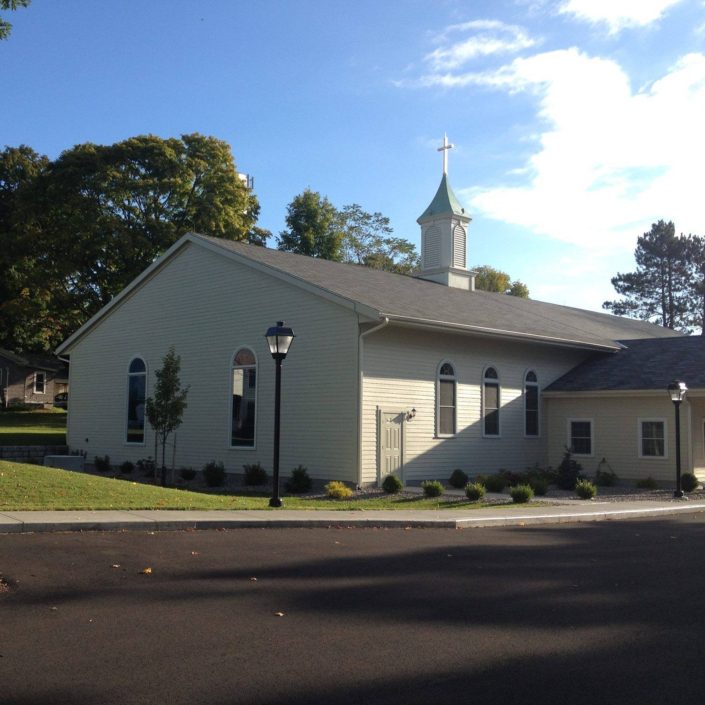
Land Where The Partridge Drums
A History of the Akwesasne Mohawk Nation
In the Shadow of Serpents:
Trials and Tribulations of the Early 1800’s
A Mohawk Meets the Pope
Written and illustrated by Darren Bonaparte
The early nineteenth century brought con artists out of the woodwork to take advantage of native communities, and Akwesasne was no exception. In 1826, Chief Joseph Tarbell, or Torakaron, accompanied a young Frenchman named Fovel to Europe for a meeting with King Charles X of France, where he so impressed the monarch that he was given three paintings of Christian saints, a large sum of money, and other gifts. ,They then proceeded to Rome for an interview with Pope Leo XII, who was similarly impressed and gave Torakaron a set of books, a rosary of jewels, a silver plate, quantities of gold, and other valuables. When Fovel and Torakaron returned to America in 1828, Fovel absconded with most of the valuables, leaving Torakaron penniless in New York City with only the paintings and rosary to show for his troubles. (Hough 1853:166) One of the paintings, that of Saint Regis, can still be seen at the Catholic Church today.
Dark Days for Akwesasne
As if events of this era of Akwesasne history weren’t bad enough, the impoverished condition of the Mohawks made them an ideal target for the scourge of imported disease. Poor weather conditions in 1813 and 1816 caused famine in various parts of the world, and Akwesasne was not spared the deadly effects of hunger. Small pox, the dreadful disease that killed off scores of our ancestors, made a return appearance in the spring of 1829 and claimed a number of lives before the British government ordered a community-wide immunization. In 1832 Asiatic cholera and typhus fever broke out, killing at least 134 of the 500 victims. The fear of these diseases drove family members to abandon their homes, leaving the sick to perish unattended. One family in particular lost all but one of its eleven members. The panic spread to neighboring towns, and for a brief time a quarantine was imposed to stop the spread of disease, consisting mostly of a volunteer guard on the road to Hogansburg.
Cholera swept Akwesasne once again in 1849, killing 29. It was followed in the same year by another outbreak of small pox that claimed 30 of the 500 afflicted. Typhus fever raged once again in the summer of the following year. The ravages of these diseases left the survivors in a weakened and fearful state, to say the least. (Hough 1853:167-168)
Next week: The Mohawks and the Patriote Rebellion
Darren Bonaparte will be at the Gloversville Middle School Auditorium on August 18th, from 6-9pm. Take a look at the event details here.
By Darren Bonaparte, historian and author of The Wampum Chronicles. Reprinted with permission.
Darren Bonaparte is a cultural historian from the Akwesasne First Nation. He is a frequent lecturer at schools, universities, museums, and historical sites in the United States and Canada. He has written four books, several articles, and the libretto for the McGill Chamber Orchestra’s Aboriginal Visions and Voices. Darren is a former chief of the Mohawk Council of Akwesasne. He is the creator of The Wampum Chronicles and historical advisor to film and television. He currently serves as the Director of the Tribal Historic Preservation Office of the Saint Regis Mohawk Tribe.
















